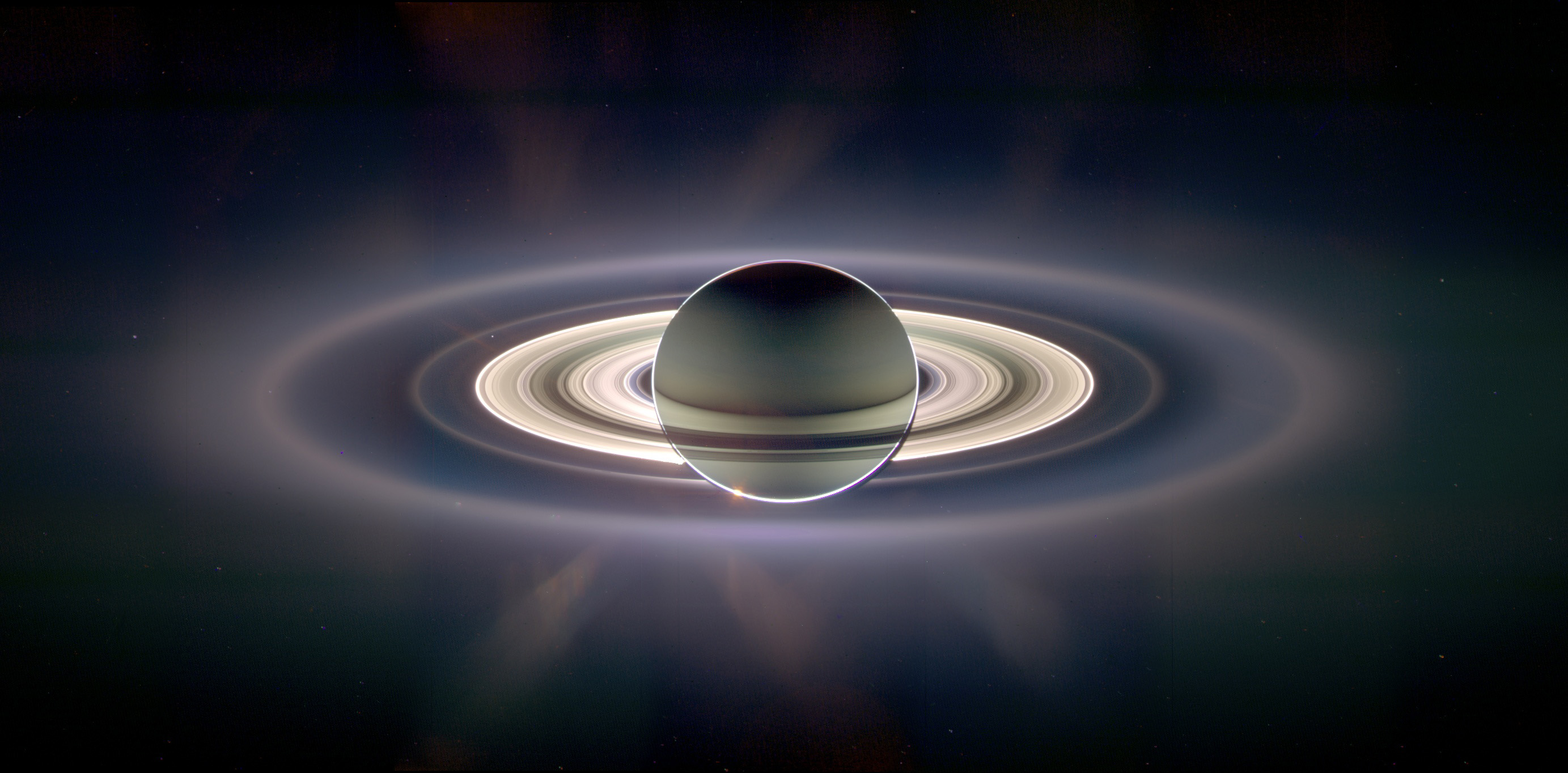NASA has recently sent up 20 huge balloons to investigate charged particles that are lost from the Van Allen belts.
For GCSE Astronomy you need to know what the Van Allen belts are!
There are 2 belts around the Earth containing charged particles and both were discovered by James Van Allen.
The inner belt consists of protons and electrons, while the outer belt just consists of high energy electrons.
The only time manned missions have travelled through the Van Allen belts is for the Moon studying Apollo Missions running from 1961 to 1972. The highlight being in 1969 when man finally set foot on the moon.
The belts were thought of as a major hazard for the astronauts due to the high levels of radiation. Fortunately they passed through the belts in such a short period of time that exposure levels were very low.
Other particles that are not captured may get attracted to the poles and can then pass through our atmosphere creating the northern lights (aurora borealis) and southern lights (aurora australis).
The high energy particles ejected from the Sun's upper atmosphere are referred to as 'solar wind'.
Solar Flares are often responsible for large ejections. A particularly large solar flare from 2012 is pictured below.
The BARREL (Balloon Array for Radiation-belt Relativistic Electron Losses) mission is trying to find out what happens to the charged particles that are ejected from the Van Allen belts.
Scientists want to gain a better understanding of the belt so they can protect their satellites and space equipment better.








